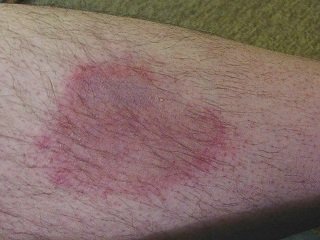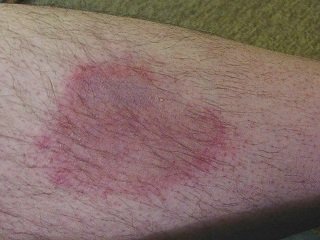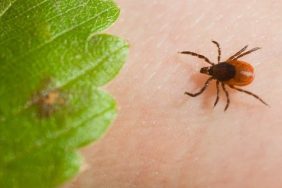 In Part One of my series on ticks, I mentioned how to avoid a tick bite. Bug underwear, artful use of insect repellent and common sense are always best, but sometimes they still aren’t enough. Ticks like to crawl and bore, and although bug underwear may stop them from reaching most of your body, you can still find a tick in the areas not covered. In this article, we will explore what to do if you do get a tick or a tick bite.
In Part One of my series on ticks, I mentioned how to avoid a tick bite. Bug underwear, artful use of insect repellent and common sense are always best, but sometimes they still aren’t enough. Ticks like to crawl and bore, and although bug underwear may stop them from reaching most of your body, you can still find a tick in the areas not covered. In this article, we will explore what to do if you do get a tick or a tick bite.
First, after every trip, do a thorough tick check. If you were in serious tick country, a really good tick check will require a mirror and hopefully a very good friend. You need to check every nook and cranny. Most people forget that around their ears, waistline, and hairline are a favorite nesting spot for ticks. Even with bug spray in these spots, ticks tend to migrate there even if it takes them several hours.
Next, you will need to know how to remove a tick. There are a hundred old wives tales about how to remove a tick, and although these are inventive, they are not effective. The only really safe way to remove a tick is to take a pair of tweezers, grasp the tick firmly and pull it off using a firm and steady motion. If you practice quick tick searches, most ticks will still be looking for a spot and may not be attached yet.
If a tick has gotten a good hold on you, remove it, wash the area thoroughly and then watch for symptoms of tick sickness. The symptoms of a tick-caused illness can vary from a fever, aches and pains, and/or a rash. The illnesses that get the most press are Lyme disease, and Rocky Mountain Spotted Fever, but there are several different illnesses and parasites that can be transferred by a tick. Be careful and monitor your health, only 50% of people that develop Lyme Disease show the telltale “bullseye” rash, so it is important to be careful with any sudden fever or unexplained ache. If you get any of these types of reactions consult a doctor immediately.
It’s important to remember, ticks don’t often dig in where they land, so don’t forget that once you are home or at camp after a long day hunting, look for ticks immediately. They may still be looking for a good place to have their lunch and you can remove them safely before they do.








